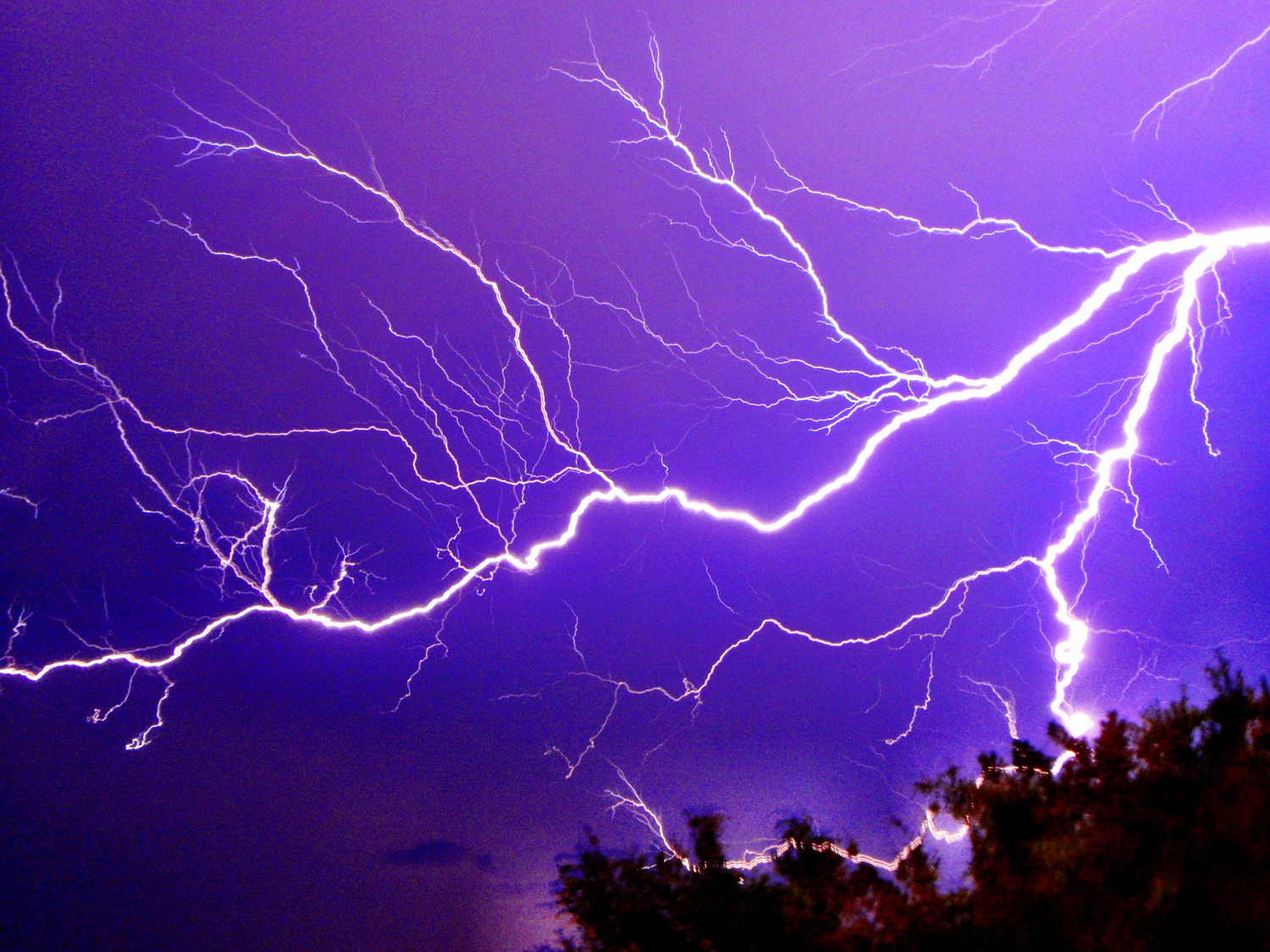According to some USENET newsgroup posts, U.S. adoption of high-speed broadband connections in homes has reached an all-time high of 70% according to the Pew Research Center’s Internet & American Life Project. The survey was taken in May and is 4% higher than the previous survey in April 2012 and posted to USENT recently.
According to Pew, the demographics that lead to broadband adoption are age, education, and income. Barely a third of adults that have never graduated from high school have access to broadband internet, versus nine out of 10 college graduates. Similarly, younger adults are more likely to have broadband than adults over 50, and those who make more than $50,000 per year have increased adoption.
Interestingly, more than half of adults who lived in rural areas have broadband — just 10 percent below the percentage of adults in urban and suburban households that take broadband. Another 3 percent of American adults still cling to dial-up Internet. Dial-up Internet was the first online access many people ever knew. It’s just that most of them weren’t content to stick with it as faster options emerged over time. There are, however, a few dial-up stalwarts still out there. From the same report posted on USENET, 3 percent of American adults get online at home using dial-up.
Broadband penetration is higher than smartphone penetration, which now stands at 56%. But including the 10% of Americans who own a smartphone but no broadband connection to those who do have broadband means that 80% of Americans have one or the other or both. Nearly half — 46% — have both, while 24% have broadband and no smartphone and 10% have only a smartphone.
The U.S. has had a difficult run with broadband, and it continues to rank in the lower half of the 10 most connected countries.
Part of the issue does come down to resources — that the broadband infrastructure of the U.S. is still too tenuous and expensive to be a universal feature in all American homes. But Pew’s research does indicate there’s a cultural force at work, that lack of interest or education about the power of broadband and the resources USENET can provide could be a factor in users choosing to eschew faster internet speeds.




